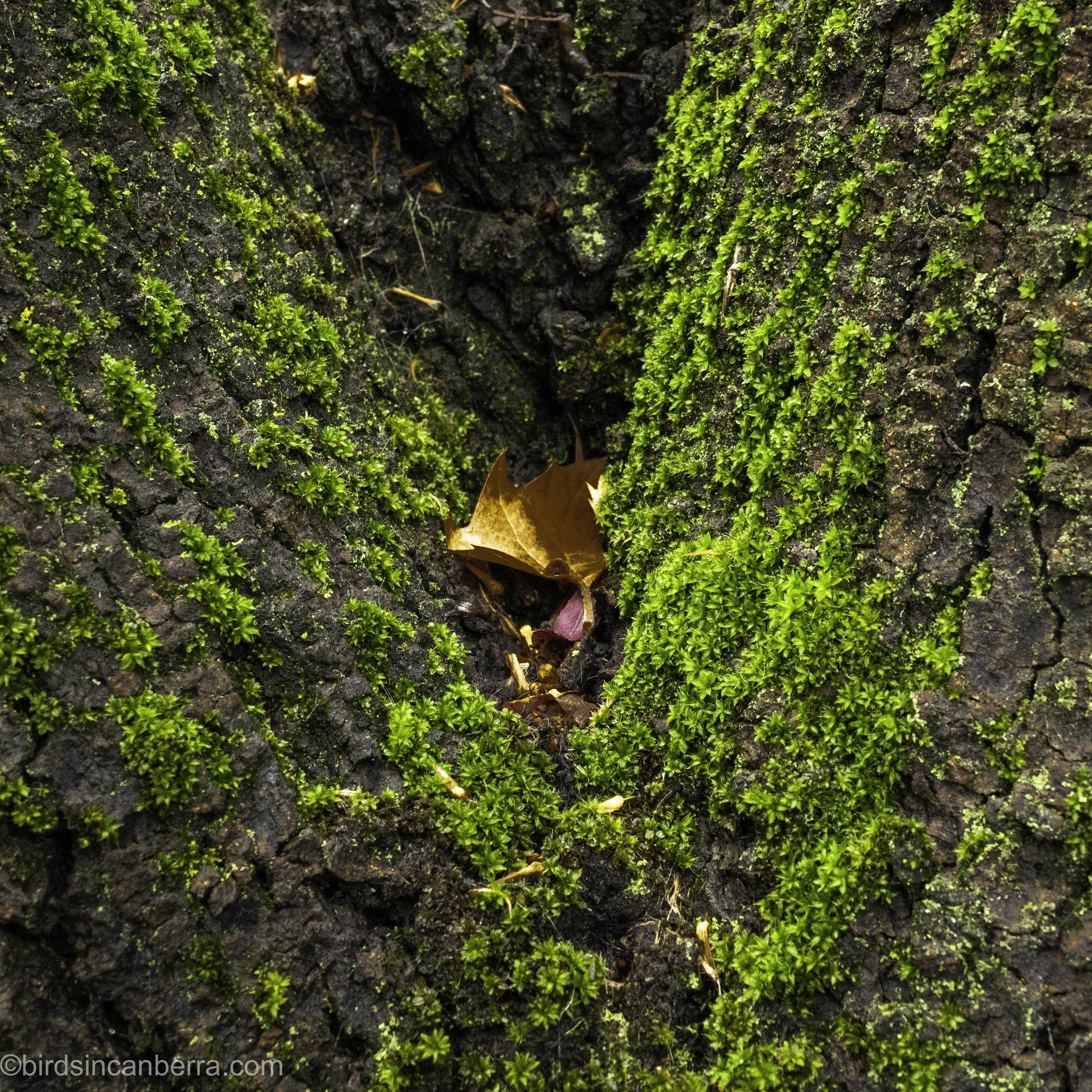Capturing the image of this wasp made my day. I had seen it flying around from leaf to leaf, and I was hoping that it would settle on one for a while. Eventually it did and I was able to take some photos. To me, the thing that draws your attention is the long, white-tipped tail, which is the ovipositor for this Gasteruptiid wasp female. She will use it to penetrate the cells of solitary bees and wasps, in order to lay her egg beside the host species egg protected in the cell. Her egg, however, will hatch first allowing her offspring to feast on the egg or larvae of the host species. It seems cruel but this wasp has evolved to reproduce that way and is an example of the small world around us humans. This is my favourite photograph among the ones below because it shows the delicate beauty of this wasp and also shows the variety of animal life around us. I hope that you enjoy the photographs below.
Read MoreGasteruptiid wasp female with a prominent ovipositor at the rear
(Canon EOS 6D Mk II with a Canon EF100mm f/2.8L Macro IS USM [ISO 100, 100mm, f/16 and 1/180 SEC] with a Raynox DCR-250 Super Macro Lens and Canon 430EX III-RT flash)








